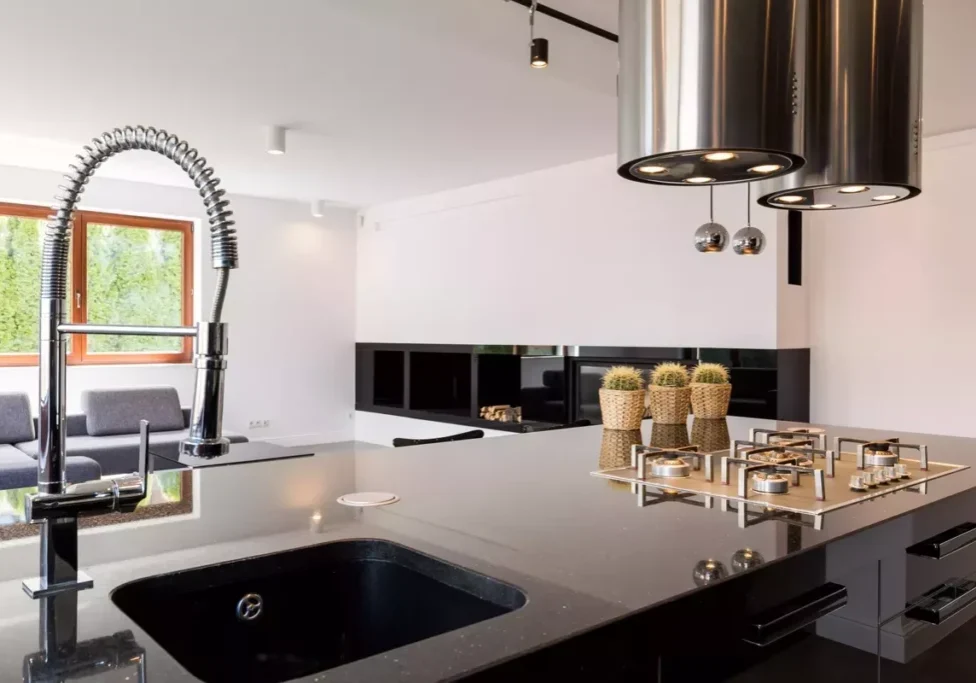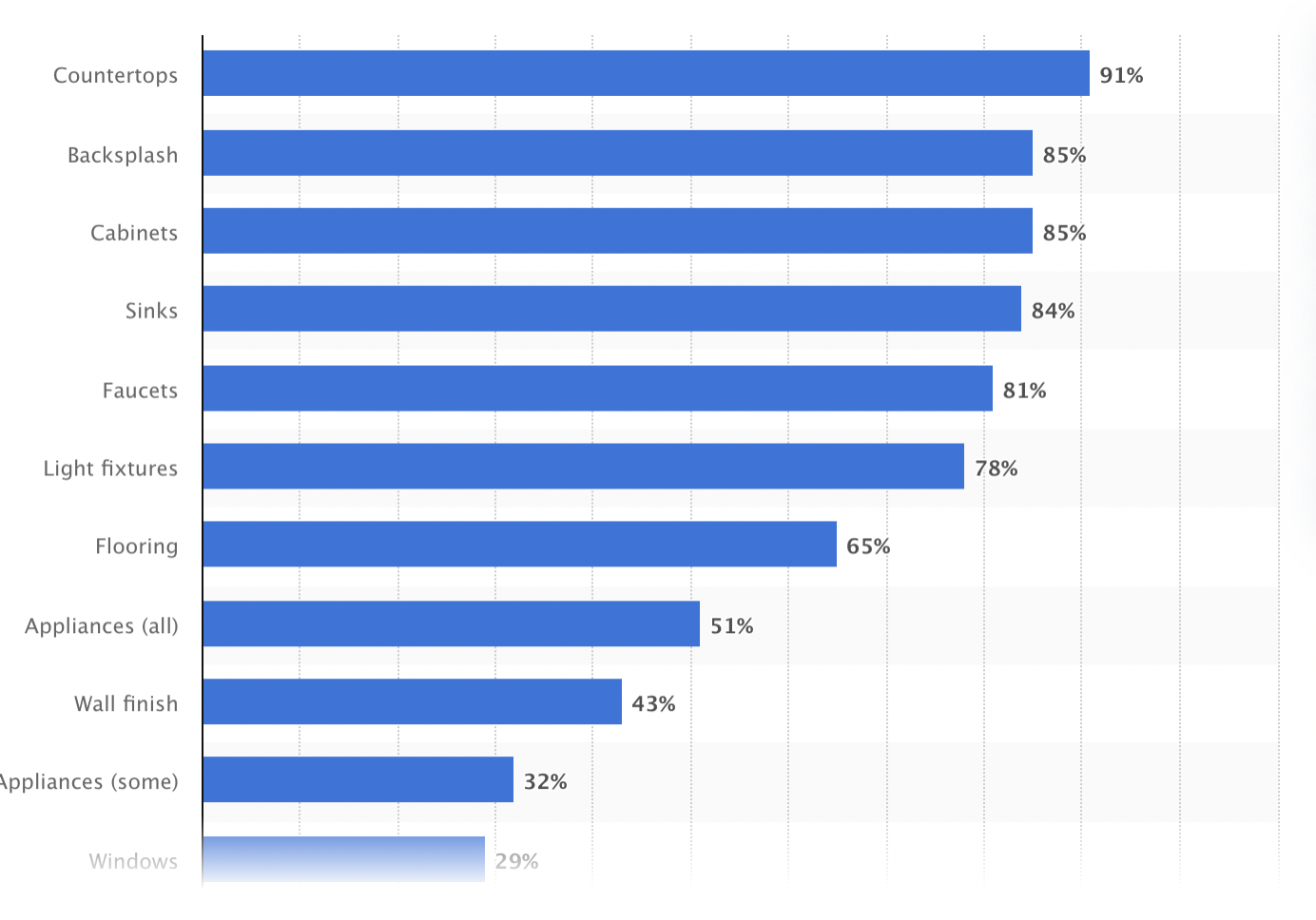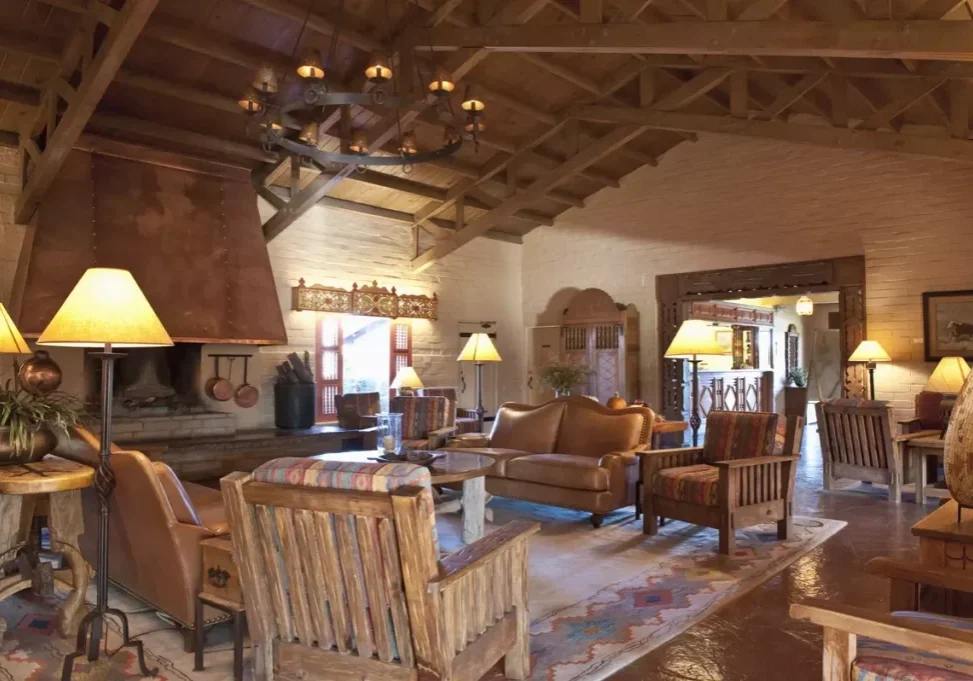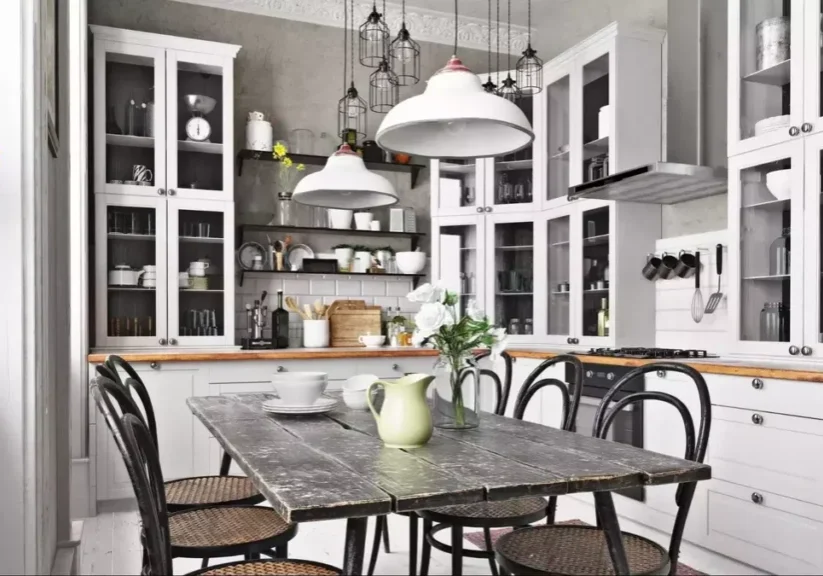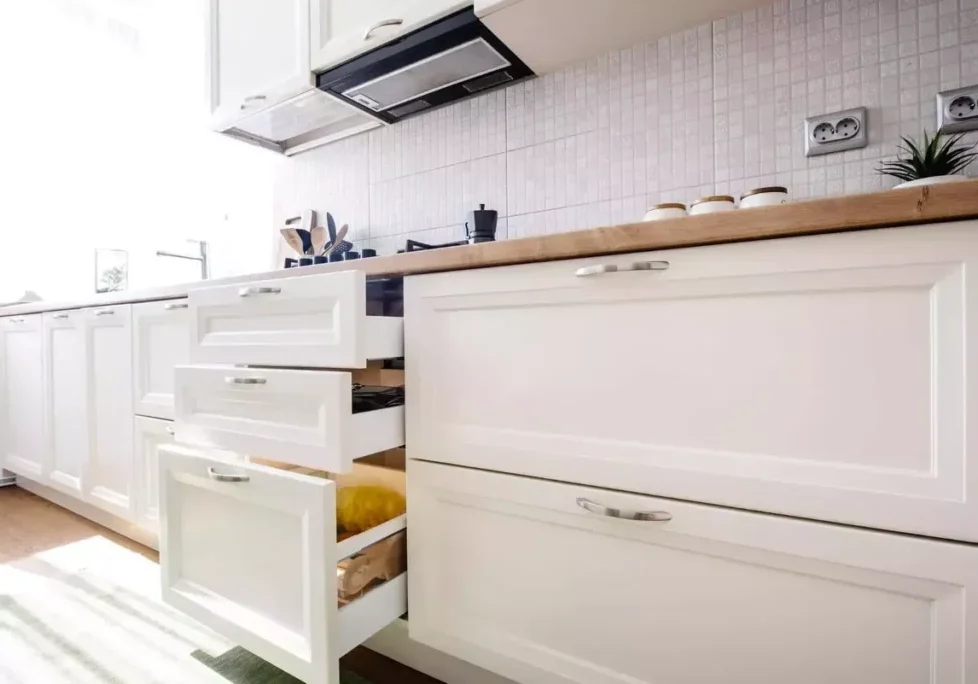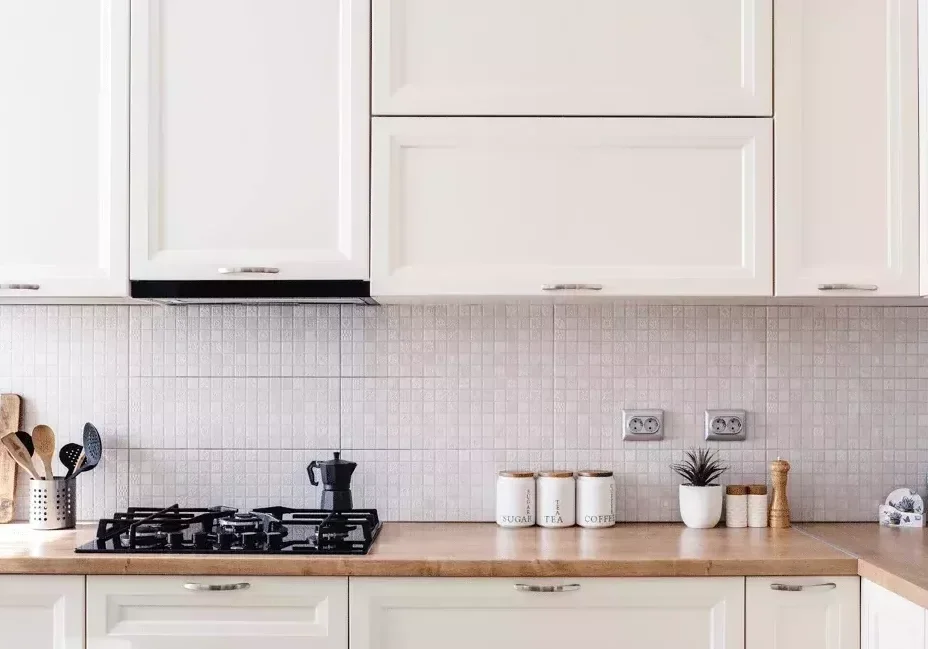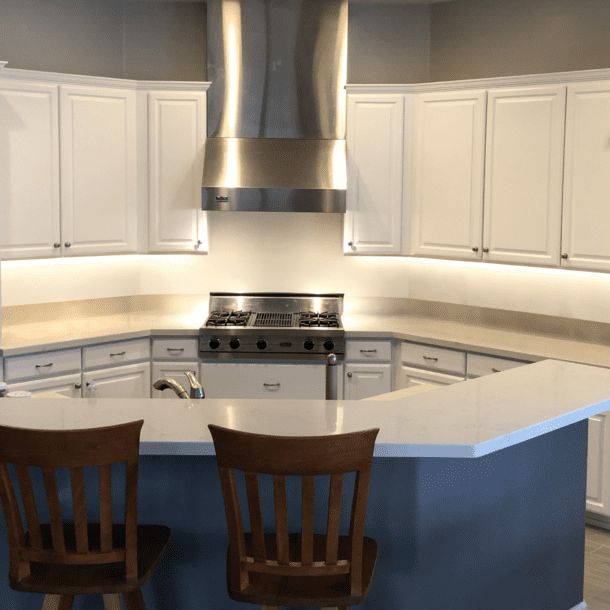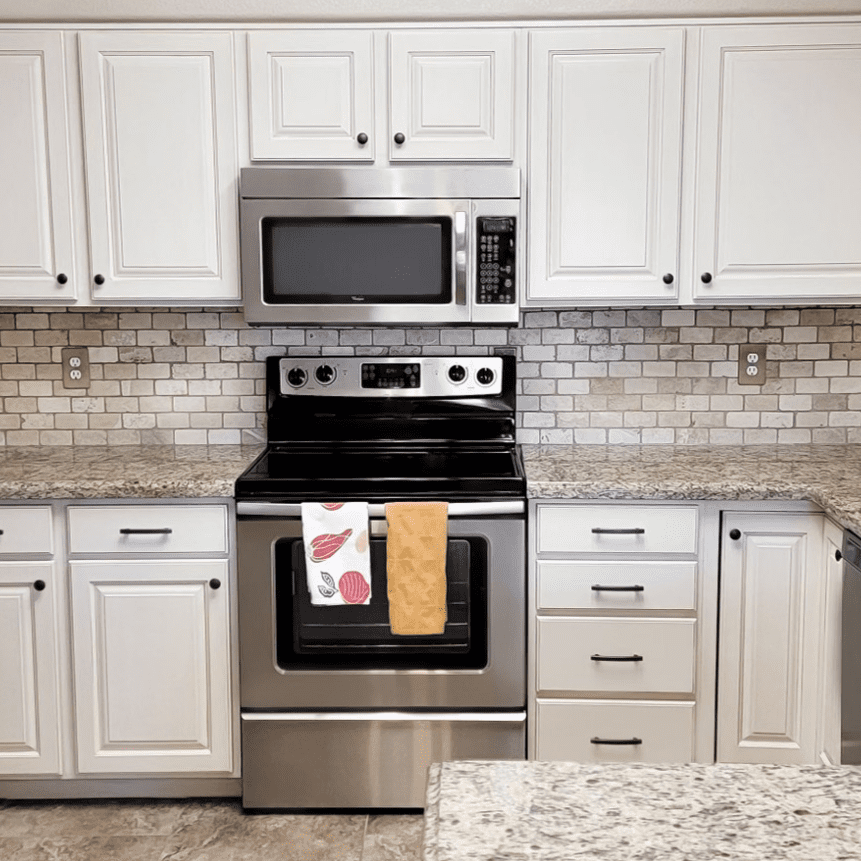How Much Do New Kitchen Cabinets Cost in Arizona?
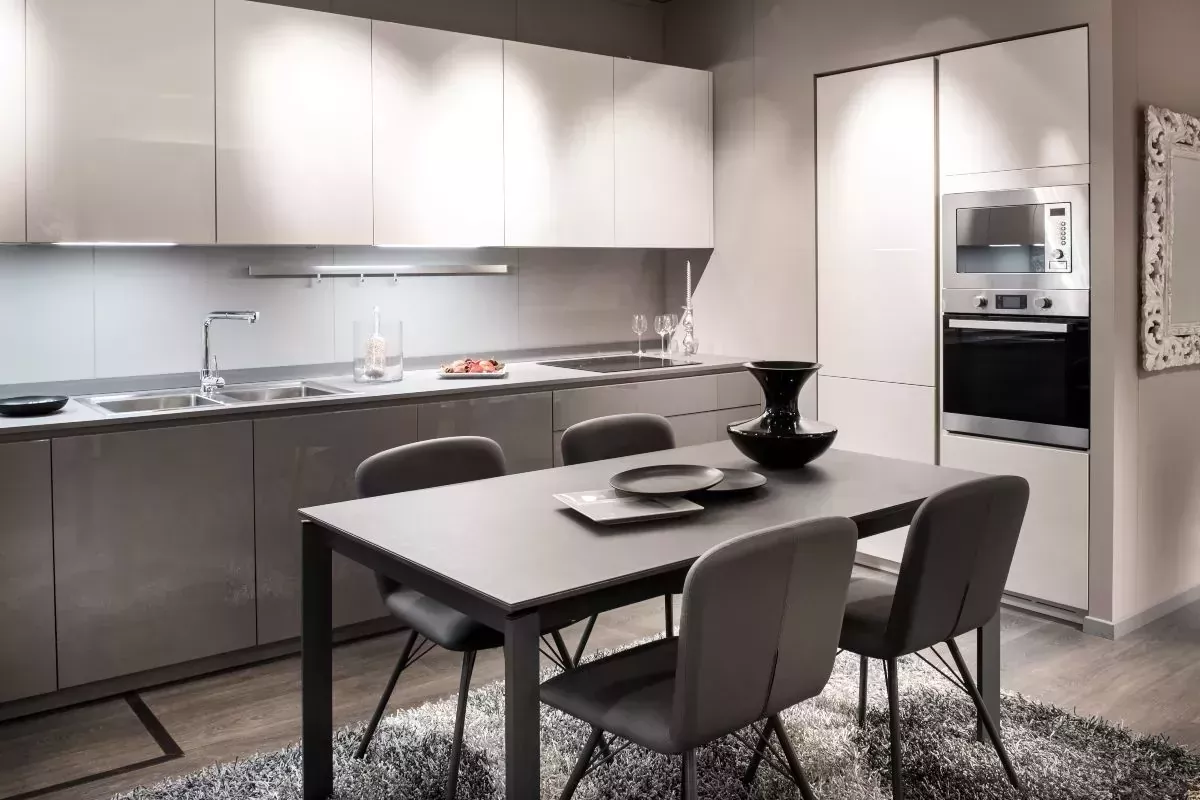
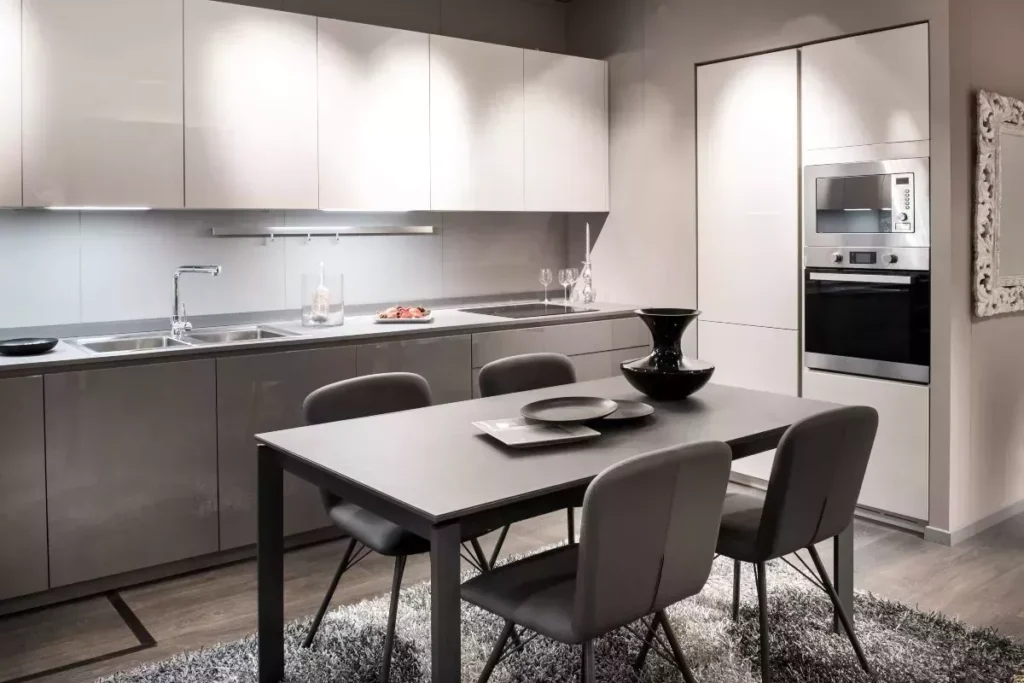
There’s a wide range of possible prices for installing or replacing kitchen cabinets for homeowners in Arizona. So, really, how much do kitchen cabinets cost in Arizona? The honest answer is, “It depends.” It can range from ten to fifty thousand dollars, a range large enough that it’s not a helpful answer on its own.
Fortunately, there are some cost factors you can take into account to narrow the range down:
In this article, we’ll explore each of these cost factors and their specific contributions to kitchen cabinet costs in Arizona.
Breathe new life into your kitchen cabinets!
If your kitchen cabinets are showing wear and you’d prefer to avoid a full cabinet installation’s cost, refacing your cabinets may be the better option. Schedule a free estimate with the experts at Cabinet Coatings of America; we offer expert advice and quality craftsmanship, and we get the job done right the first time.
Material Quality & Type
The most basic cost factor with any cabinet is the material it’s made from. The more that material costs, the pricier each linear foot of cabinet becomes. There are three categories of material that can be used in cabinet-building.
Engineered materials
This category includes combinations of plywood and solid wood, medium- or high-density fiberboard (MDF or HDF), wood composites like particle board, engineered compounds like melamine, and coatings like laminate, wood veneer, and Thermofoil. Often, the attraction of these materials is a combination of cost saving and flexibility, which in some cases (melamine excepted) comes at a trade-off with durability. Over time, veneers can begin to peel, chip, or bubble, especially in high-traffic or high-moisture areas like kitchens and bathrooms. On the other hand, real wood cabinets are solid and robust, capable of withstanding wear and tear more gracefully. Moreover, real wood can be refinished, sanded down, and stained multiple times to restore its original luster or adapt to a new aesthetic. Veneered cabinets generally don’t offer this level of flexibility; once they start showing signs of wear, your options for repair are more limited and often lead to replacement rather than restoration.
Natural materials
Solid hardwood cabinets offer a specific visual attractiveness that’s hard to replicate. They vary from more to less expensive based on a combination of aesthetic appeal, durability, and resistance to moisture. Hickory, white oak, and maple fall at the more expensive end of the spectrum, while beech, red oak, and birch are cheaper.
Metal
Stainless steel is most popular in commercial kitchens because of its durability, ease of cleaning, and heat resistance. It’s a very niche “modern” style choice in a kitchen cabinet, but it’s a look that’s growing in popularity.
Cabinet Construction
There are two major approaches to cabinet construction, each with its own price range.
Stock cabinets
These are pre-made units, usually purchased from a store like Lowe’s or Home Depot. They average $100 – $300 per linear foot.
Custom cabinets
Custom cabinets are specifically designed for your kitchen by a home decorator and built by a contractor. The price of a custom job depends heavily on the designer and contractor you work with, but you can expect it to add up quickly.
A combination of stock and customized cabinetry confers the look of an all-custom job without the full expense. The cost is generally near the low end of a fully custom job and near the high end for a project executed only with stock cabinets.
Cabinet Style & Design
A cabinet’s overall aesthetic, combined with the practical functionality of its various parts and how they work together, constitutes its style and design. There are two major “types” of cabinet styling.
Modern
“Modern” cabinet styles are interpretations of traditional cabinetry offering a clean and streamlined look. Glass front, flat-panel, slab, mission, and shaker cabinets are all “modern” styles. Another choice is “contemporary,” based on mid-century styles and executed with sleek materials like melamine or metal.
Traditional
Long-popular cabinet styles that don’t attempt to impress the viewer with their up-to-the-minute look are generally grouped together as “traditional” options. Raised-panel, bead-board, louvered, arched, and rustic cabinets are all examples of “traditional” design.
These options can each vary in price depending on the material used and how advanced the functionality of the cabinet’s various parts might be. On the whole, modern options trend more expensive than traditional styles.
Finish & Hardware
The final pieces are the cabinet’s finish and hardware.
Types of Finish
The look of wood or composite cabinets is ultimately decided by their finish. Options range from waterborne (cured with UV lighting) to stained, glazed, “natural” (done by sanding and oiling), varnished, painted, or “distressed.” More specialized types of finish cost more per linear foot.
Types of Hardware
“Hardware” refers to the handles, hinges, knobs, and other accessories that make a cabinet functional. These can come in a vast range of finishes, from simple black or iron to polished chrome, antique brass, and more. The less common the hardware finish, the more expensive it’s liable to be.
Renew your kitchen cabinets without breaking the bank!
Refacing your cabinets is economical if you’d rather not contend with the question, “How much do cabinets cost?” Schedule a free estimate with trusted professionals today!
Recent Posts

Laundry Room
A Laundry Room Makeover Has Never Been Easier Laundry Room Cabinet Refacing throughout Arizona Do you have big remodeling plans…
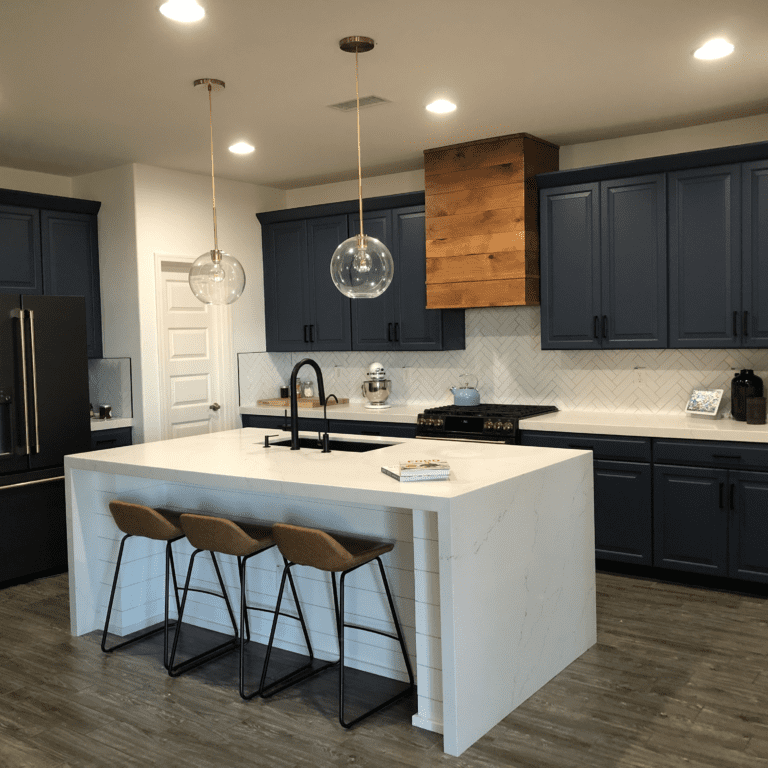
Kitchen
Enjoy the Kitchen Cabinets of Your Dreams for a Price You’ll Love Kitchen Cabinet Refacing throughout Arizona Experience a transformation…
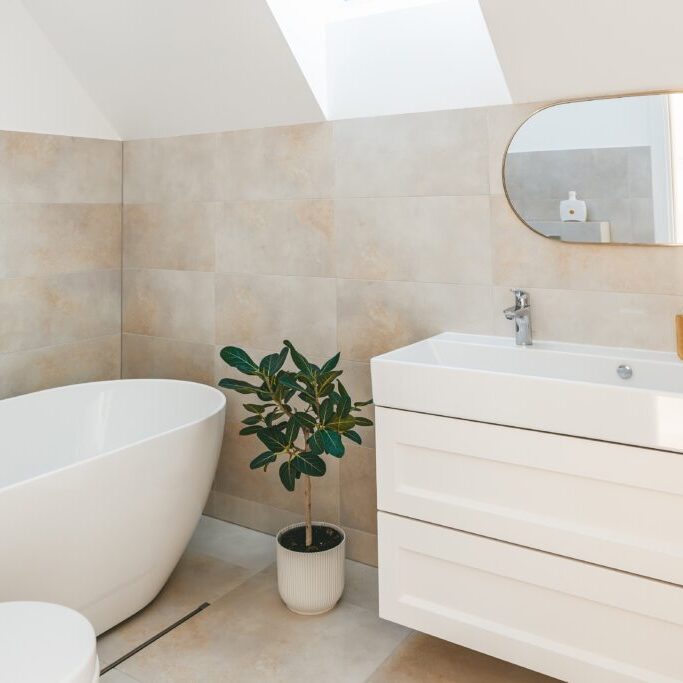
Bathroom
Update Your Bathroom Cabinetry for a Fraction of the Cost of Buying New Bathroom Cabinet Refacing throughout Arizona Breathe new…
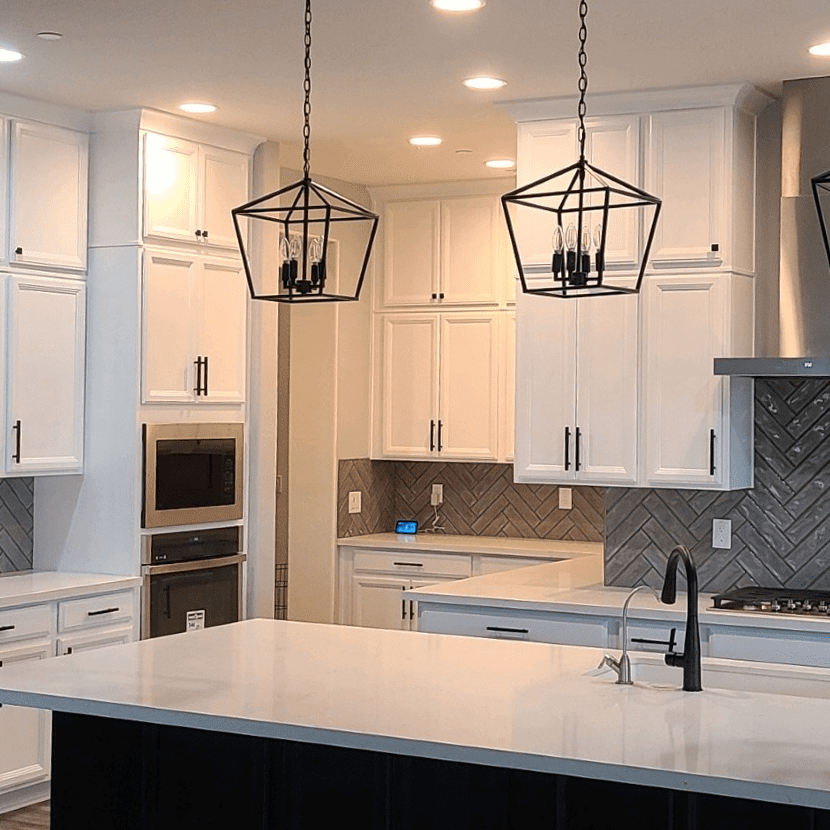
Cabinet Remodeling
A New Look Designed for Your Space. Cabinet Remodeling throughout Arizona Cabinet Coatings has been one of the Valley’s leaders…


